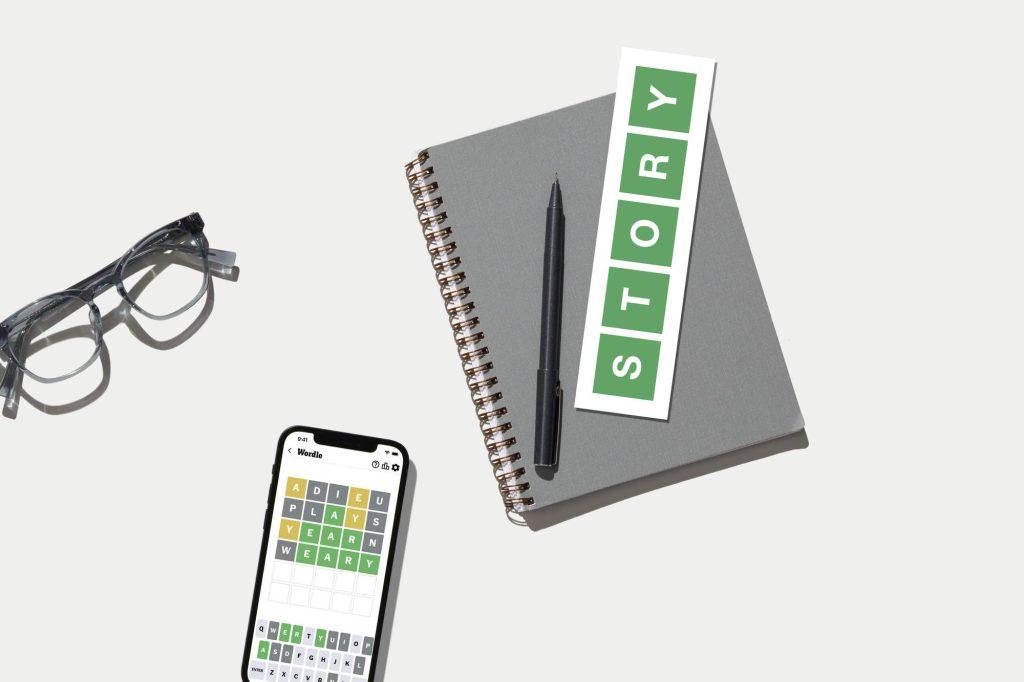Wordle, the ubiquitous five-letter word puzzle, has captured the hearts and minds of millions, sparking passionate debates about optimal strategies and fostering a sense of community among players. The daily challenge of deciphering the hidden word has led many to explore various approaches, from meticulously analyzing letter frequencies to employing strategic opening words. This quest for the perfect Wordle strategy has even extended to the realm of artificial intelligence, with language models like ChatGPT offering their own insights into cracking the code. The intersection of human ingenuity and artificial intelligence in the context of Wordle provides a fascinating glimpse into how we approach problem-solving and the role technology can play in enhancing our abilities.
ChatGPT, when consulted on optimal Wordle strategies, suggests prioritizing vowels and frequently used consonants in initial guesses. Letters like A, E, R, T, and S are recommended as starting points to maximize the chances of identifying letters early in the game. Words like “crate” or “slate” exemplify this approach, offering a balance of common letters and strategic vowel placement. This initial information gathering phase is crucial, as it lays the groundwork for subsequent guesses and allows players to narrow down the possibilities. The AI emphasizes the importance of pattern recognition, encouraging players to consider common letter combinations and word structures in the English language, such as “TH,” “CH,” and “ST.”
Beyond the initial guess, ChatGPT highlights the significance of letter frequency analysis. Letters like E, A, R, I, O, T, N, and S appear more frequently in English words and should therefore be considered in subsequent guesses. The strategic use of vowels in early guesses is particularly important, as it helps reveal vowel placements and significantly narrows the pool of potential solutions. This combination of strategic initial guesses, pattern recognition, and letter frequency analysis forms the core of ChatGPT’s recommended Wordle strategy.
Human players, however, often bring their own unique approaches to the game. Some prefer a more intuitive approach, relying on their knowledge of the English language and common words to guide their guesses. Others meticulously track letter frequencies and develop complex algorithms to optimize their chances of success. The beauty of Wordle lies in its accessibility and the freedom it allows players to develop their own personalized strategies. While AI can offer valuable insights and recommendations, the human element of intuition and creativity remains a significant factor in the game.
The example of Wordle #1,281 illustrates how clues can guide players towards the solution. The hints provided – two vowels, no repeated letters, found at the end of a knife, functions as both a noun and a verb, and starts with “B” – progressively narrow down the possibilities, leading players towards the correct answer, “BLADE.” This process of deduction, combining the given clues with knowledge of word patterns and letter frequencies, exemplifies the core gameplay of Wordle. The satisfaction of successfully deciphering the word, whether through strategic analysis or a lucky guess, is a key element of the game’s appeal.
The daily ritual of Wordle provides a stimulating mental exercise and a sense of shared experience among players. Whether employing AI-driven strategies, meticulously crafted personal approaches, or a combination of both, the quest for the correct word brings a sense of accomplishment and fuels the passion for this seemingly simple yet captivating word puzzle. The ongoing dialogue between human ingenuity and artificial intelligence in the context of Wordle adds another layer of intrigue to this global phenomenon.










